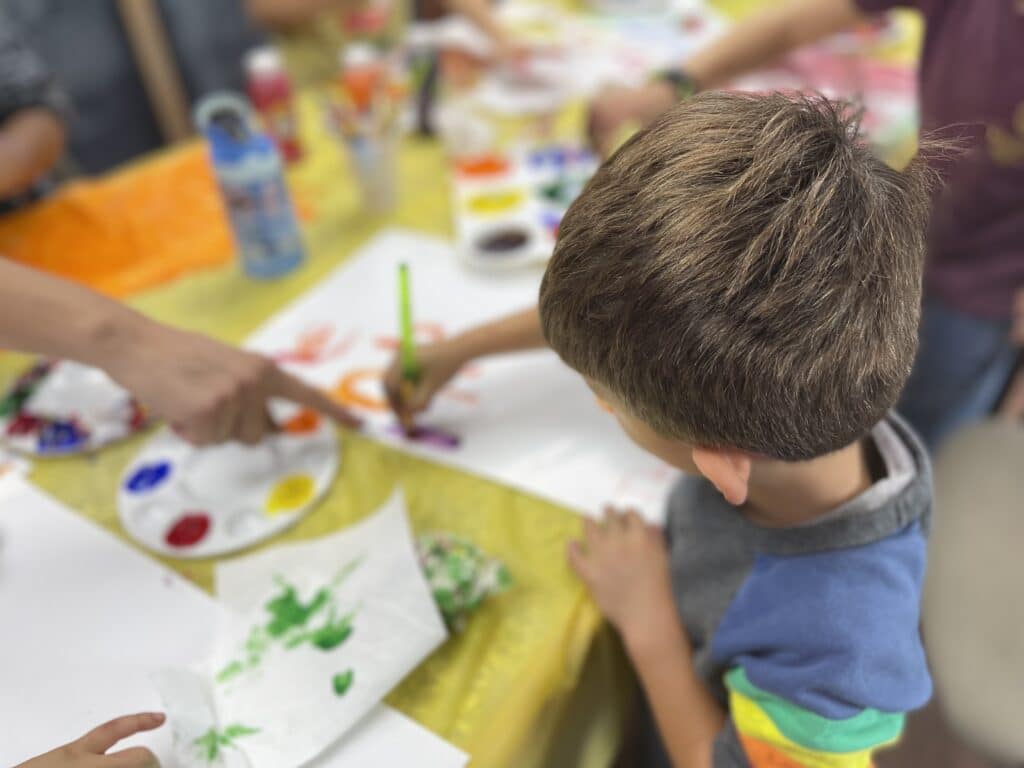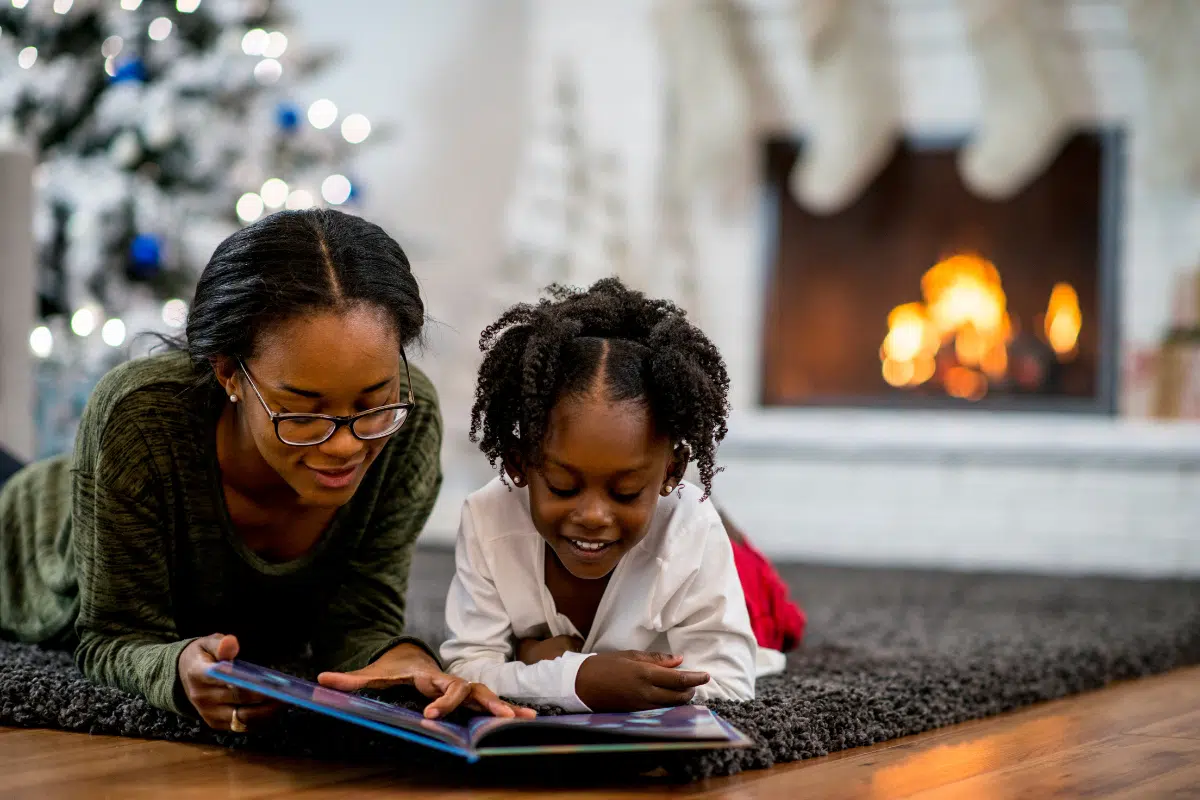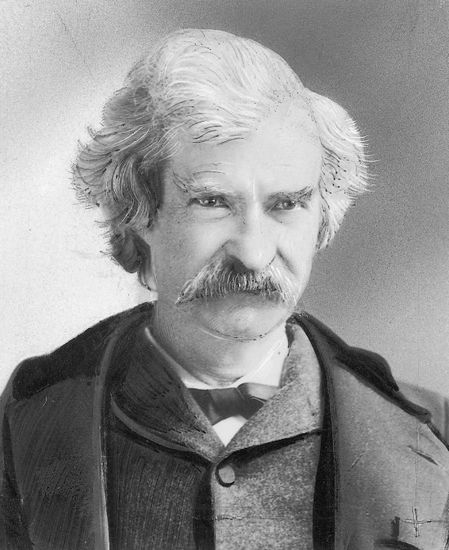In the world of early childhood education, blending academics with creativity can lead to some of the most engaging learning experiences for young learners. One particularly effective approach is integrating the learning of letters and sounds with art. This method not only makes learning more enjoyable but also reinforces knowledge through visual and auditory stimulation.
Why Combine Art with Letters and Sounds?
Letter recognition and sounds (sound/letter correspondence, beginning sounds, ending sounds, and later on – middle sounds) are the foundational elements of literacy. These skills/concepts are known as phonemic awareness, and serve as the prerequisite building blocks for reading and writing.
As we know, practicing these skills can be challenging! A great way to make learning these concepts fun is through art! Artistic activities capture the interest of children and provide a hands-on way to explore new concepts. Additionally, when children engage with art, they develop fine motor skills and strengthen cognitive abilities. By combining art with letter and sound recognition, children can experience a multisensory learning process that enhances their ability to recall and apply what they’ve learned.

Benefits of Integrating Art with Literacy
Incorporating art into literacy education enhances the learning experience by engaging children in a multi-sensory process that caters to diverse learning styles. For visual learners, the colorful visualization of letters and words solidifies retention, while kinesthetic learners thrive through hands-on activities such as sculpting letters from clay or assembling collages. This approach not only enlivens the educational journey but also nurtures essential skills like creativity and critical thinking.
Artistic activities in literacy also foster self-expression and empower children to establish connections across different knowledge domains. By blending creative expression with foundational literacy skills, children develop a holistic understanding, promoting cognitive flexibility and enhancing problem-solving capabilities. This integrative strategy enriches the educational environment, making learning both enjoyable and impactful
Here are four creative ideas for incorporating literacy and art:
- Alphabet Collages:
Grab some old magazines and have your child create a collage for each letter of their name to start. If they already have mastery of writing their name, move on to new letters they’re trying to master. For instance, for the letter ‘A,’ children can glue items that start with ‘A’ onto a large cardboard cutout of the letter. This could include pictures of apples, ants, and airplanes. This activity helps children associate the shape of the letter with the sound it makes and the objects that start with that letter. Remember to practice sounding out what sound the letter makes as you work. - Finger Painting:
Start by having your child paint their name or words they know. Next, play a game where you make a sound, and they finger paint the corresponding letter. For example, if they hear the [s] sound, they have to finger paint an ‘s’. This encourages creative thinking and helps solidify the connection between sounds and visuals. - Clay Letters:
Have children form letters using clay or playdough. This tactile activity allows them to physically shape the letters, reinforcing their understanding of each letter’s form and sound through touch and the cognitive process involved in creating it. - Create an Alphabet Book:
Together with your child, create a personalized alphabet book. Each page represents a letter of the alphabet. Paint the letter on the page, then draw or glue pictures of things that start with that letter. This will be a fun and ongoing project that combines arts and crafts with learning phonics and writing. Once the book is complete your child will love reading through it with you before bed, reinforcing their understanding and retention.
Follow our newsletter!






